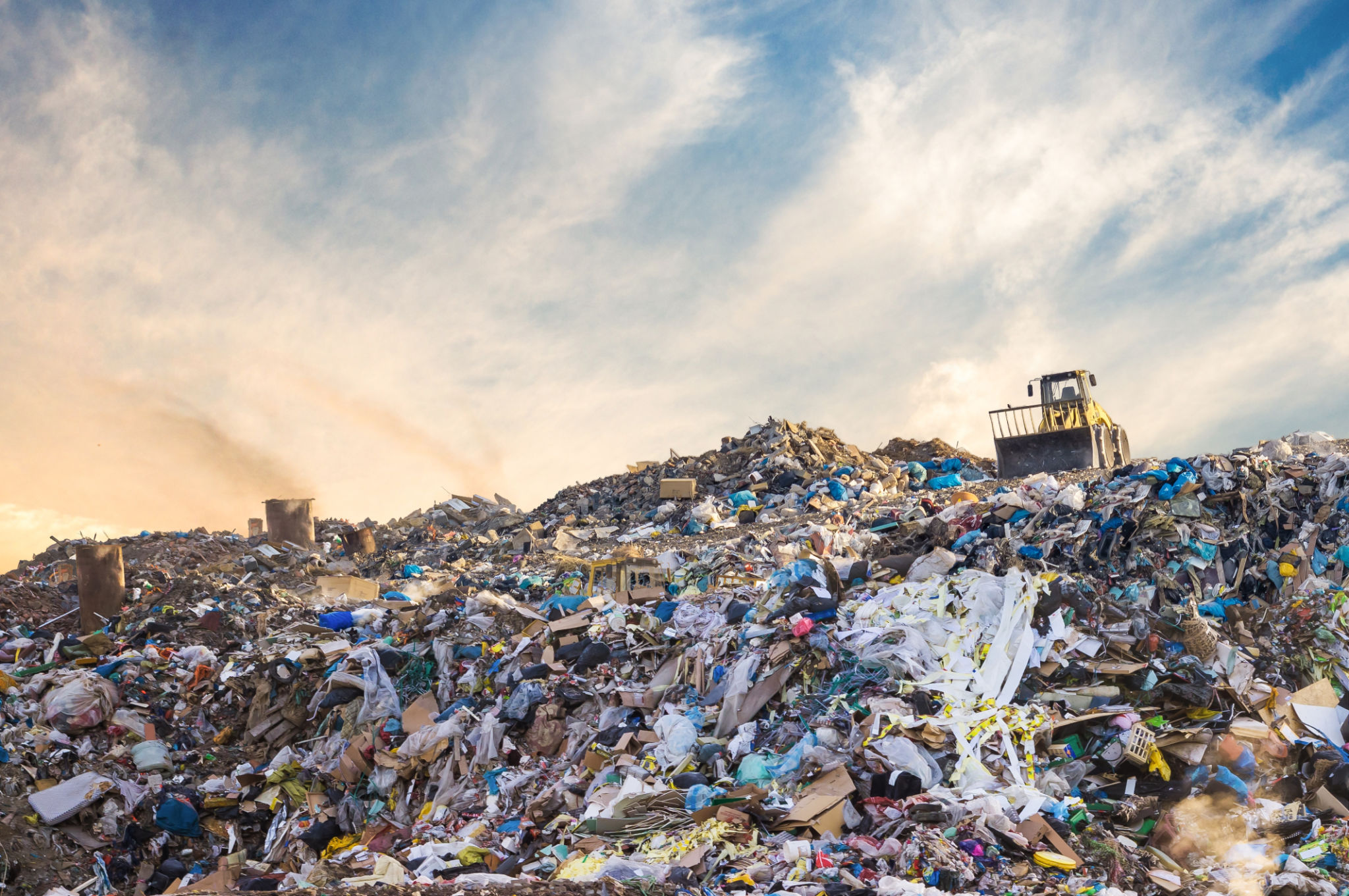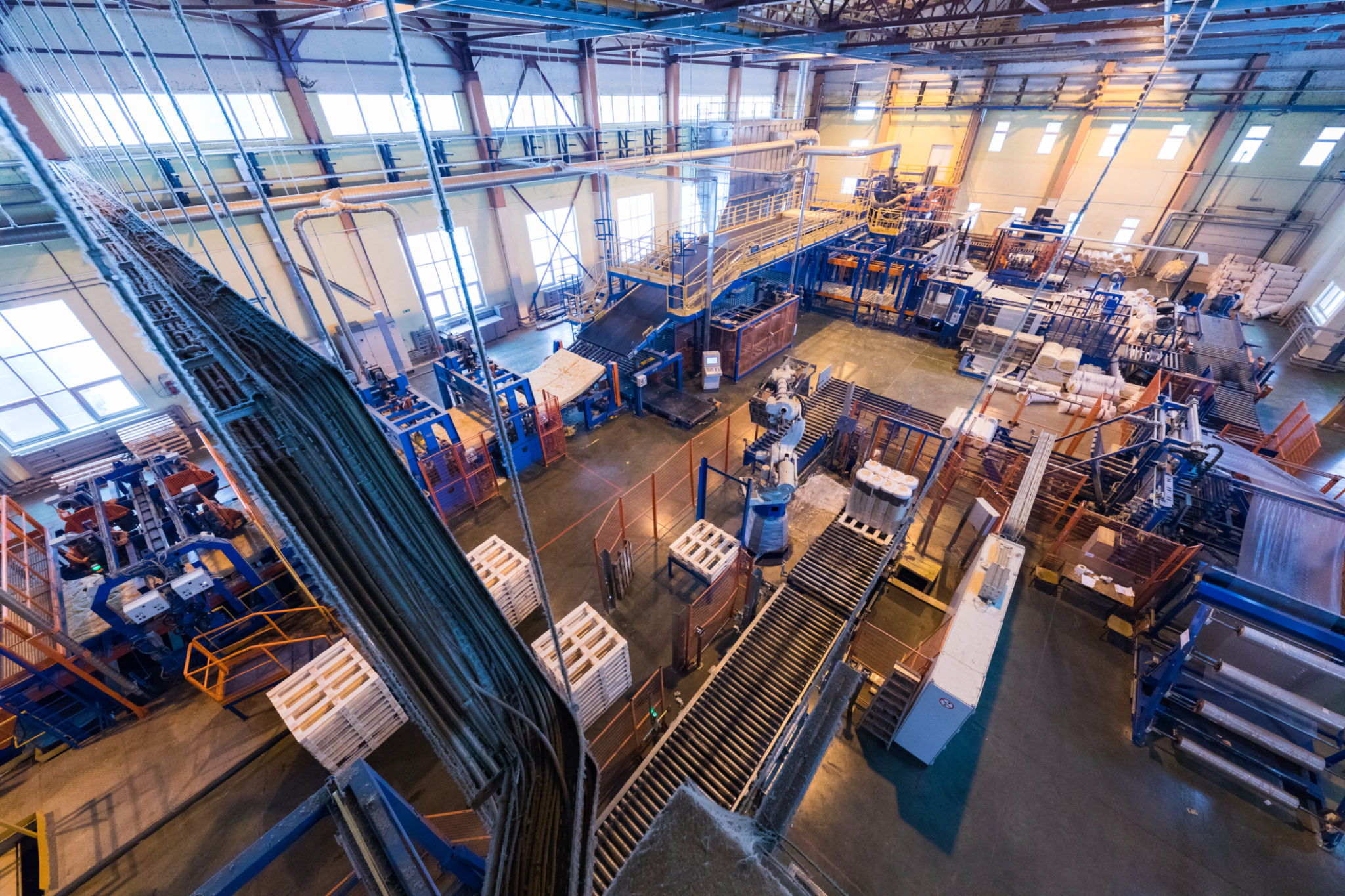A Comprehensive Guide to Soil Recycling Services in Australia
Understanding Soil Recycling
In recent years, soil recycling has emerged as a crucial environmental practice in Australia. By reusing and repurposing existing soil, we can significantly reduce waste and promote sustainable land management. Soil recycling involves processing contaminated or surplus soil to make it usable again, supporting both ecological balance and economic efficiency.
Soil recycling services help in mitigating the environmental impact of construction and excavation activities. With urban development on the rise, these services are more important than ever, offering a sustainable solution to reduce landfill use and conserve natural resources.

The Benefits of Soil Recycling
One of the primary advantages of soil recycling is its contribution to reducing landfill waste. By processing and reusing soil, we can minimize the amount of waste sent to landfills, thereby decreasing pollution and conserving space. Additionally, soil recycling helps in conserving natural resources by reducing the need for new soil excavation.
Another significant benefit is cost savings. For construction companies and developers, recycling soil can lead to reduced disposal costs and lower expenses related to purchasing new materials. Furthermore, it helps in meeting regulatory requirements and enhancing environmental compliance.

How Soil Recycling Works
The process of soil recycling begins with the collection of surplus or contaminated soil from construction sites or other locations. This soil is then transported to a processing facility where it undergoes several stages of treatment. These stages typically include screening, washing, and sometimes chemical treatment, depending on the level of contamination.
Once treated, the recycled soil is tested to ensure it meets quality standards before being repurposed for use in new projects. This could include landscaping, road construction, or even agricultural applications, showcasing the versatility of recycled soil.

Choosing the Right Soil Recycling Service
When selecting a soil recycling service in Australia, there are several factors to consider. First, ensure that the provider has a robust process for handling and treating contaminated soil. They should have state-of-the-art facilities and adhere to all relevant environmental regulations.
Additionally, look for a provider with a proven track record of delivering high-quality recycled soil. This includes having a transparent testing process and providing detailed reports on the quality of the recycled product. It’s also beneficial if the service offers logistical support, such as transportation and on-site collection.
Trends in Soil Recycling
The landscape of soil recycling is constantly evolving, with new technologies and practices emerging to enhance efficiency and effectiveness. One notable trend is the increased use of automated systems for soil screening and treatment, which can improve accuracy and reduce processing time.
Moreover, there is a growing emphasis on integrating digital tools for better data management and tracking of soil quantities, quality, and destination. These innovations not only streamline operations but also contribute to greater transparency and accountability in the recycling process.

The Future of Soil Recycling in Australia
The future of soil recycling in Australia looks promising as awareness of environmental sustainability continues to grow. Government initiatives and incentives are likely to play a crucial role in encouraging more businesses to adopt these practices. Furthermore, as technology advances, we can expect even more efficient and cost-effective solutions in the coming years.
By embracing soil recycling services, Australia can lead the way toward a more sustainable future, ensuring that natural resources are preserved for generations to come. As more industries recognize the benefits of these services, the adoption rate is expected to increase, resulting in widespread environmental and economic benefits.